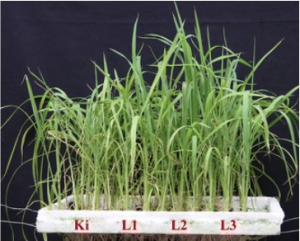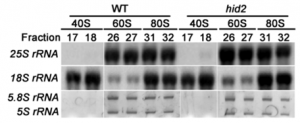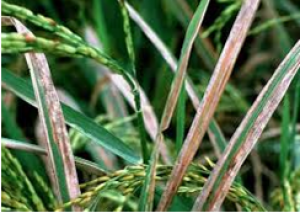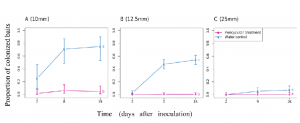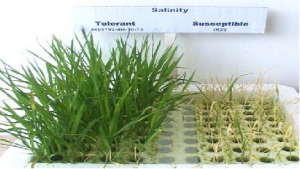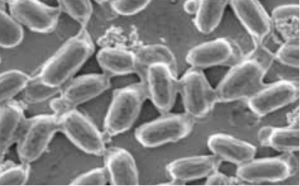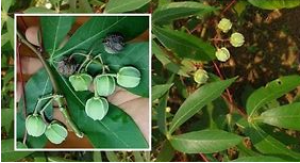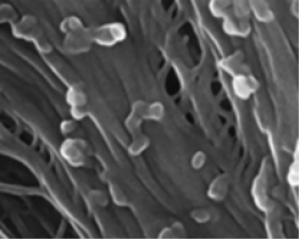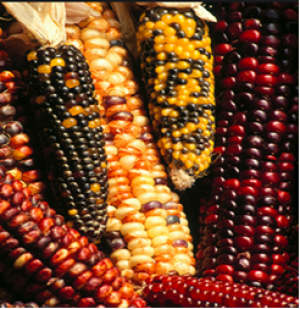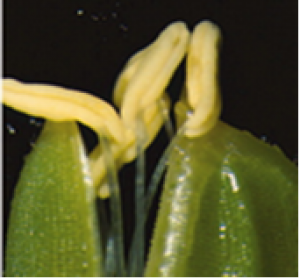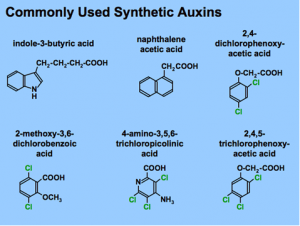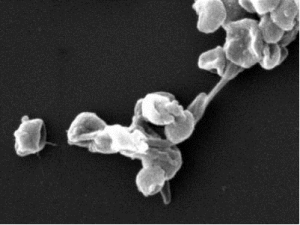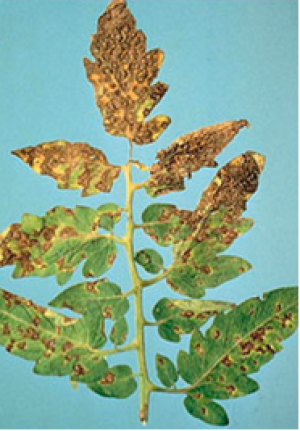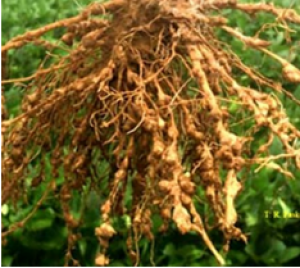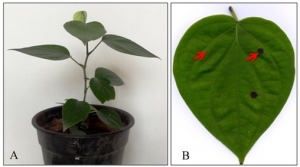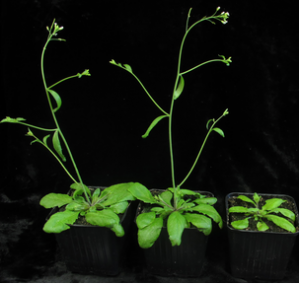|
TORC pathway intersects with a calcium sensor kinase network to regulate potassium sensing in Arabidopsis
Friday, 2023/11/24 | 08:17:35
|
|
Kun-Lun Li, Hui Xue, Ren-Jie Tang, and Sheng Luan PNAS November 15 2023; 120 (47) e2316011120 SignificanceLow nutrient status in soils is often limiting to plant growth, making the use of fertilizers a necessity in crop production. However, heavy use of fertilizers is costly and pollutes environment. Understanding how plants respond and adapt to changing nutrient status is critical for breeding effort to increase nutrient use efficiency and cut fertilizers. This paper describes a mechanism that allows plants to adjust growth based on external potassium (K) status. High-K activates the target of rapamycin complex (TORC) pathway that in turn inactivates the low-K-responsive calcineurin B-like proteins (CBL)–CBL-interacting kinases (CIPK) network, whereas K-deficiency turns on the CBL–CIPK network that inhibits the TORC pathway, underlying transitions between adaptation and growth promotion in plants depending on K availability. AbstractPotassium (K) is an essential macronutrient for plant growth, and its availability in the soil varies widely, requiring plants to respond and adapt to the changing K nutrient status. We show here that plant growth rate is closely correlated with K status in the medium, and this K-dependent growth is mediated by the highly conserved nutrient sensor, target of rapamycin (TOR). Further study connected the TOR complex (TORC) pathway with a low-K response signaling network consisting of calcineurin B-like proteins (CBL) and CBL-interacting kinases (CIPK). Under high K conditions, TORC is rapidly activated and shut down the CBL–CIPK low-K response pathway through regulatory-associated protein of TOR (RAPTOR)–CIPK interaction. In contrast, low-K status activates CBL–CIPK modules that in turn inhibit TORC by phosphorylating RAPTOR, leading to dissociation and thus inactivation of the TORC. The reciprocal regulation of the TORC and CBL–CIPK modules orchestrates plant response and adaptation to K nutrient status in the environment.
See https://www.pnas.org/doi/10.1073/pnas.2316011120
Figure 1: TORC is required for high-K-mediated plant growth. (A) Representative images of es-tor seedlings grown on modified MS medium containing different concentrations of K+ (0.01, 0.1, 1, 10 mM) without or with estradiol for 7 d. (B and C) Root length and fresh weight measured at the end of the assay shown in (A). (D) Representative images of Col, raptor1b seedlings grown on modified MS medium containing different concentrations of K+ (0.01, 0.1, 1, 10 mM) for 7 d. (E and F) Root length and fresh weight measured at the end of the assay shown in (D). In (B, C, E, and F), data are mean ± SD of three biological replicates (n ≥ 26 seedlings). Asterisks indicate statistically significant differences compared with the wild type by two-way ANOVA followed by Sidak’s multiple comparisons test. **P < 0.01, ****P < 0.0001. (G) Quantitative RT-PCR analysis of HAK5, CIPK9, ERF6, and STZ transcripts in response to low- to high-K or high-K plus AZD transition. The 5-d-old seedlings of Col-0 germinated on low-K medium were transferred to low-K, high-K, or high-K plus AZD (2 μM) for 1 d. The relative expression of HAK5, CIPK9, ERF6, or STZ was normalized against the expression of ACTIN 2. Data are shown as mean ± SEM, n = 3 (biologically independent experiments). Statistical analyses between groups were calculated by one-way ANOVA followed by Tukey’s multiple comparison test.
|
|
|
|
[ Other News ]___________________________________________________
|


 Curently online :
Curently online :
 Total visitors :
Total visitors :
(306).png)
